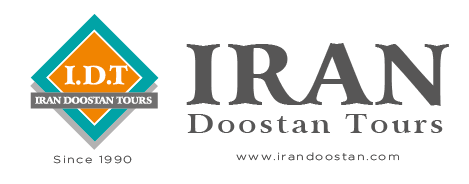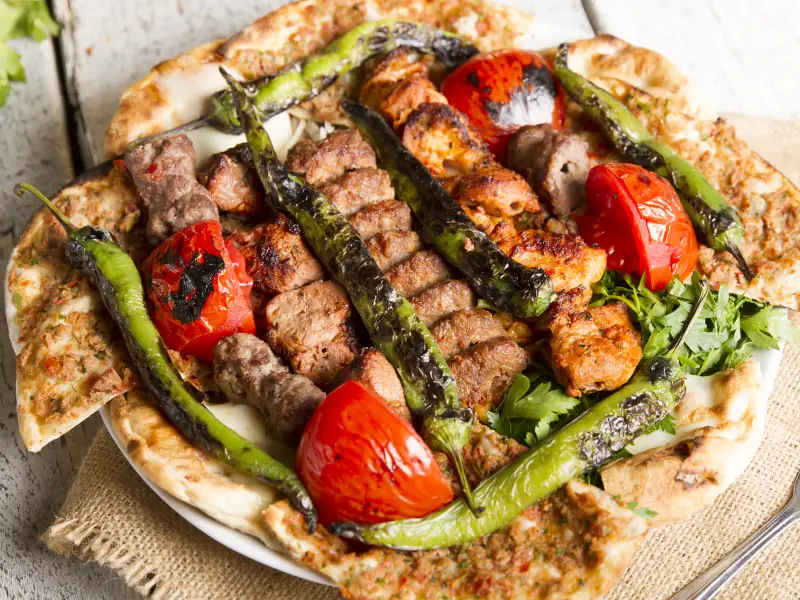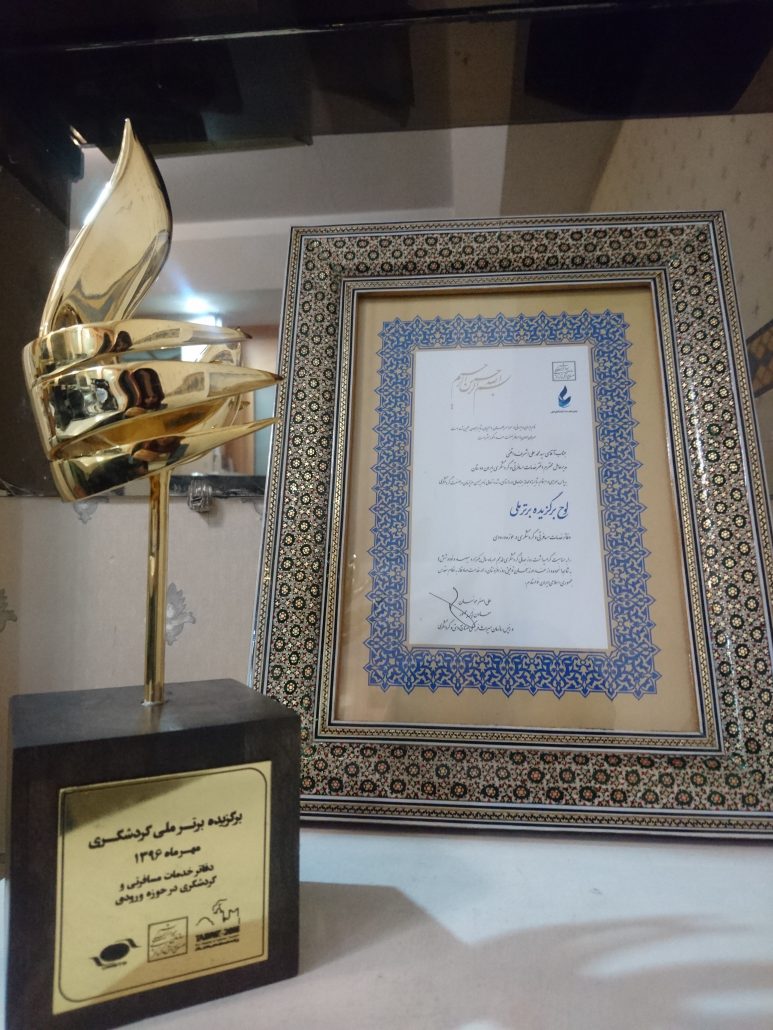Top 6 Iranian food: So Tasty But Not Too Spicy
Iran, as a large country embracing different ethnicity with different cultures, is so diverse in culinary that every city enjoys a large variety of delicious foods unique to that area. Iranians love spices and use various seasonings for their food. Such as turmeric, saffron, black pepper, dried lemon, cumin, and so forth give a savory smell to the foods and make them delicious. Iranians use a lot of spice, but Persian food is usually tasty, not necessarily spicy. Iranian foods are a mixture of the most nutritious ingredients, including meat, rice, vegetables, beans, and spices. Iranians mix all those ingredients in such a balance that they turn into a delicious and nutritious meal. Kebabs, stews, and different kinds of rice (Chelow and Polo) are well-known Persian dishes.
Is Iranian Food Spicy?
Indeed, you can’t deny Iranians’ love for spices. They love using various kinds of seasonings to give their meal a mouthwatering smell and taste. In most Persian foods, Iranians use Saffron either as a garnish or for a better taste and aroma. Different spices are used in various dishes based on personal preferences, so Iranian food cannot be definitively defined as spicy. If you travel to Iran, you have the chance to experience making great Persian foods in major cities of Iran or the heart of nature. You can learn more about Iranian cuisine by reading our guest blog, which includes a foodie’s take on Persian cuisine in Iran. And finally, here are some of the most delicious and best Iranian foods introduced as follows:
Kebabs
Iranians love kebabs and enjoy the tasty flavor and smell of various kinds of kebabs, such as Joojeh Kebab and Kebab Koobideh. Joojeh Kebab (Chicken kebab), the Iranian favorite picnic food, is a very delicious meal, especially when made with fresh chicken marinated in yogurt, saffron, and lemon juice. Iranians are an expert at making Joojeh Kebab with boneless chicken breast cut into small pieces. Iranians usually grill Joojeh Kebab over hot coals when they go on a picnic and serve it with grilled tomatoes, onions, peppers, or rice.
Kebab Koobideh is also the most famous of all kebabs in Iran. Grilling Kebab Koobideh gives off an outstandingly delicious smell. Usually made from ground lamb or beef with chopped onion, Kebab Koobideh is a tasty dish that Iranians serve at formal ceremonies and during friendly picnics.
Gheymeh Nesar
Gheymeh Nesar of Qazvin is an incredibly delicious Persian jeweled rice with succulent pieces of lamb. The taste of rice, mixed with Persian barberries, pistachio, cinnamon, turmeric, rose water, and saffron, and garnished with orange pill slices and almond silvers, is heavenly tasty. Eating Gheymeh Nesar after visiting the historical attractions of Qazvin would be one of the most pleasant moments of your travel to Iran. There is no better place to taste this traditional Persian food than the friendly local houses of Qazvin in north-central Iran.
Ghormeh Sabzi
This is something special! You may have already heard about this famous Iranian food. Ghormeh Sabzi (Persian herb stew) is one of the most beloved stews among Iranians. You would rarely find someone who does not love Ghormeh Sabzi. A combination of different aromatic herbs, cooked lamb cubes, beans, and dried lemons make it very delicious. Iranians serve Ghormeh Sabzi alongside cooked rice (Chelo). Traditionally, Persian families serve Ghormeh Sabzi as the main dish in every household gathering. It somehow represents the love of the host towards its guests. If you were invited into a Persian household and they served you Ghormeh Sabzi, then you know! Make sure you don’t miss it on your trip to Iran.
The Northern cities of Iran have a variety of very delicious foods. Rasht and Deylaman are two of the northern cities of Iran offering various delicious foods such as Fesenjan, Mirza Ghasemi, and Baghali Ghatogh to tourists and travelers. Once traveling to the North of Iran, you will have the opportunity to enjoy making and eating such scrumptious meals.
Fesenjan
Fesenjan (Persian pomegranate and walnut stew) is a tasty stew integrated with Iranian culture. The ingredients are well-ground walnut, pomegranate sauce, and slow-cooked chicken or duck pieces. Iranians cook Fesenjan at a low temperature to let the tastes blend and release walnut oil on the stew. The well-mixed ingredients make a sweet and sour taste that is appetizing. Similarly to many other Persian stews, Iranians also serve Fesenjan with rice (Polo or Chelow). Fesenjan, as an Iranian cuisine, is considered a luxury dish often served during Persian wedding ceremonies. If you ever get an invitation to an Iranian wedding party, you can taste this luscious fare.
Mirza Ghasemi
In order to make this delicious dish, Iranians grill the eggplants until the skin is charred and peeled off. Then, they add a lot of garlic, tomatoes, salt, and pepper to the grilled eggplants. For the final step, eggs are mixed with the ingredients to give the dish an excellent taste. Locals of the northern part of Iran serve Mirza Ghasermi as an appetizer, side dish, or the main dish, with Persian bread or rice. Since it is a simple meal by only grilling the eggplants on fire, you can easily make such a delicious meal once you enjoy being in the forests of Gilan.
Baghali Ghatogh
Baghali Ghatogh is an easy, healthy, and tasty Persian dish, one of the most popular northern Iranian dishes. It is one of the quickest dishes getting ready in less than an hour. Baghali Ghatogh is also a vegetarian dish, including aromatic dills, garlic, fresh beans, eggs, salt, and pepper. Iranians serve Baghali Ghatogh with bread or rice. If you ever take a trip to the northern region of Iran, make sure to taste this delicious traditional Persian food.
Are you planning to travel to Iran? Check out our Iran food tour.




















